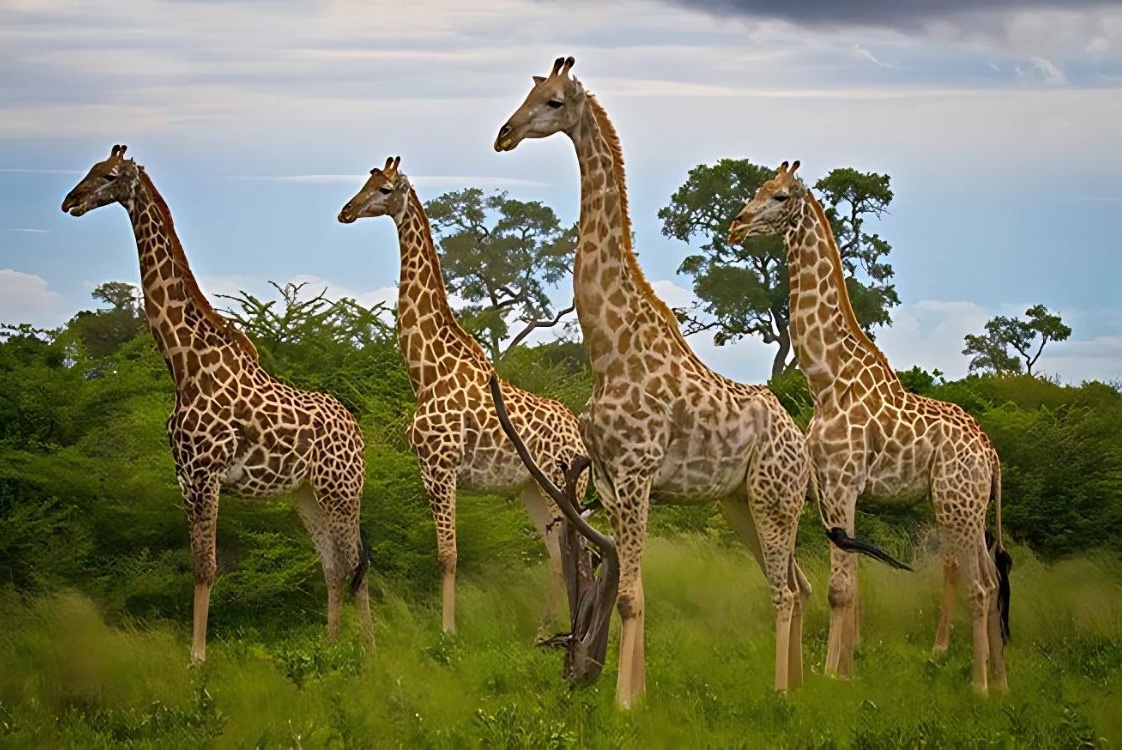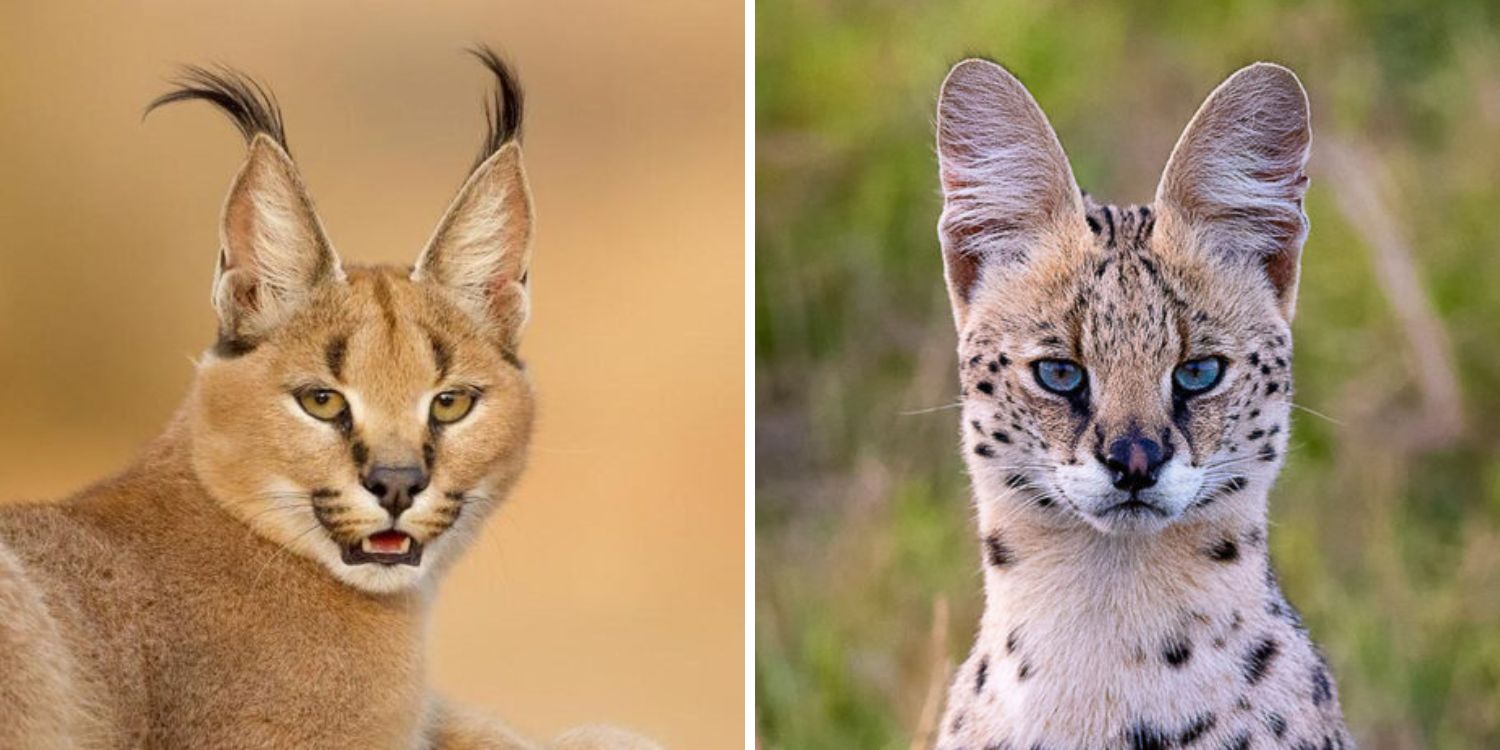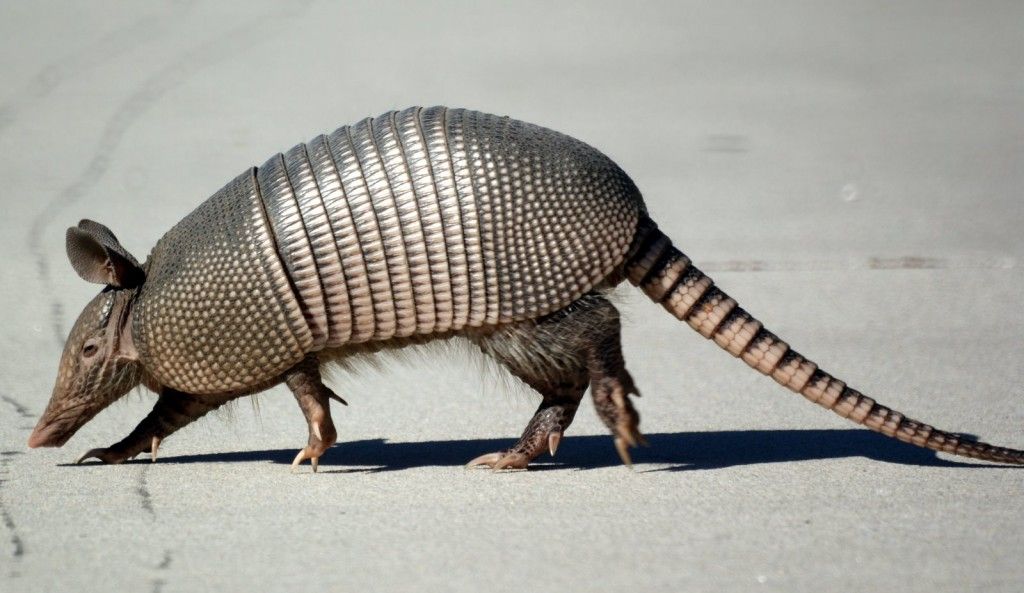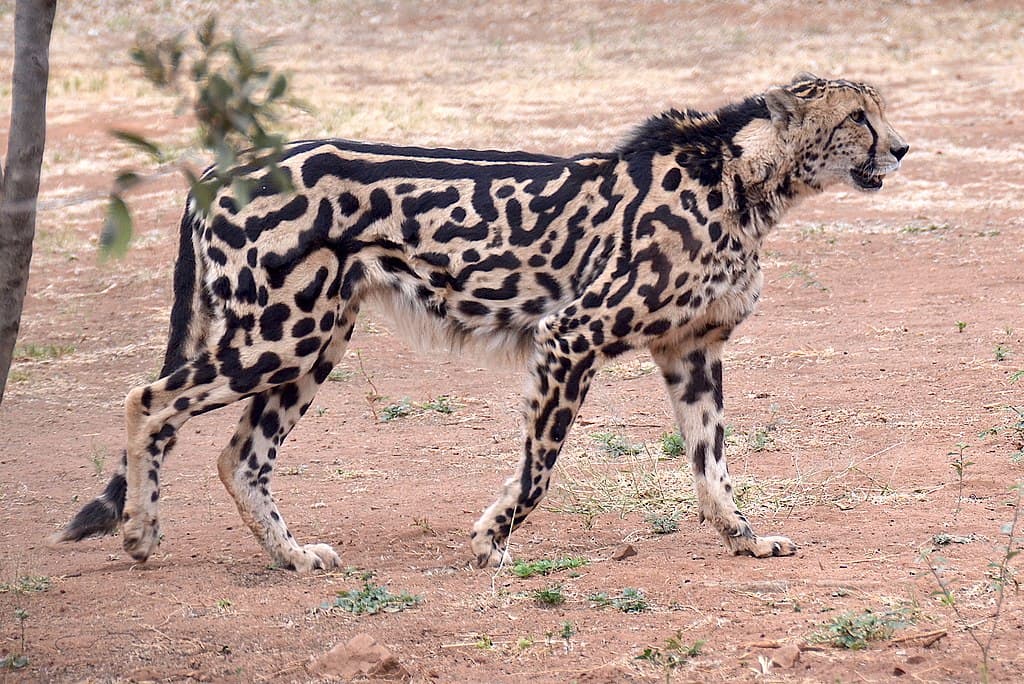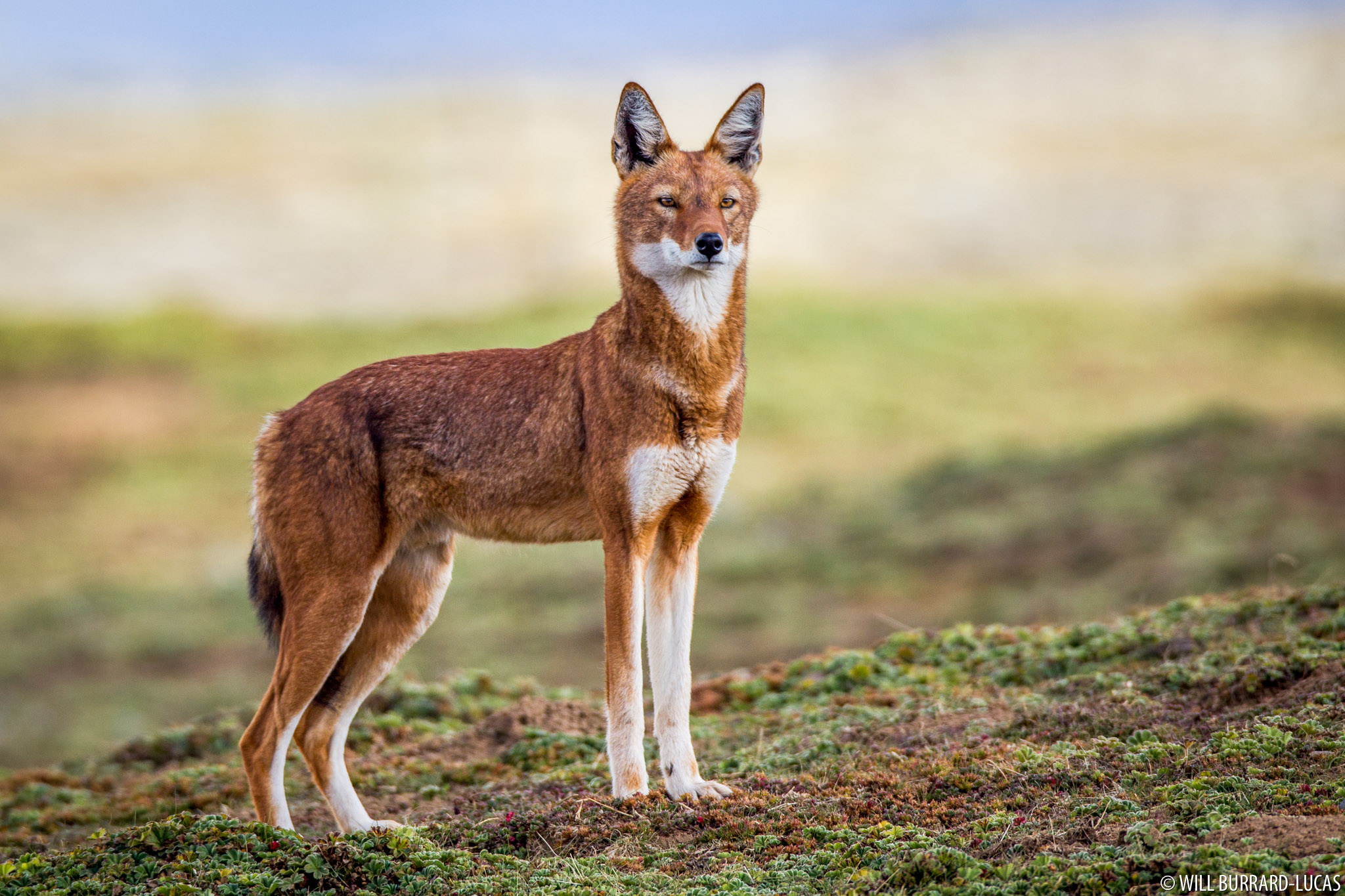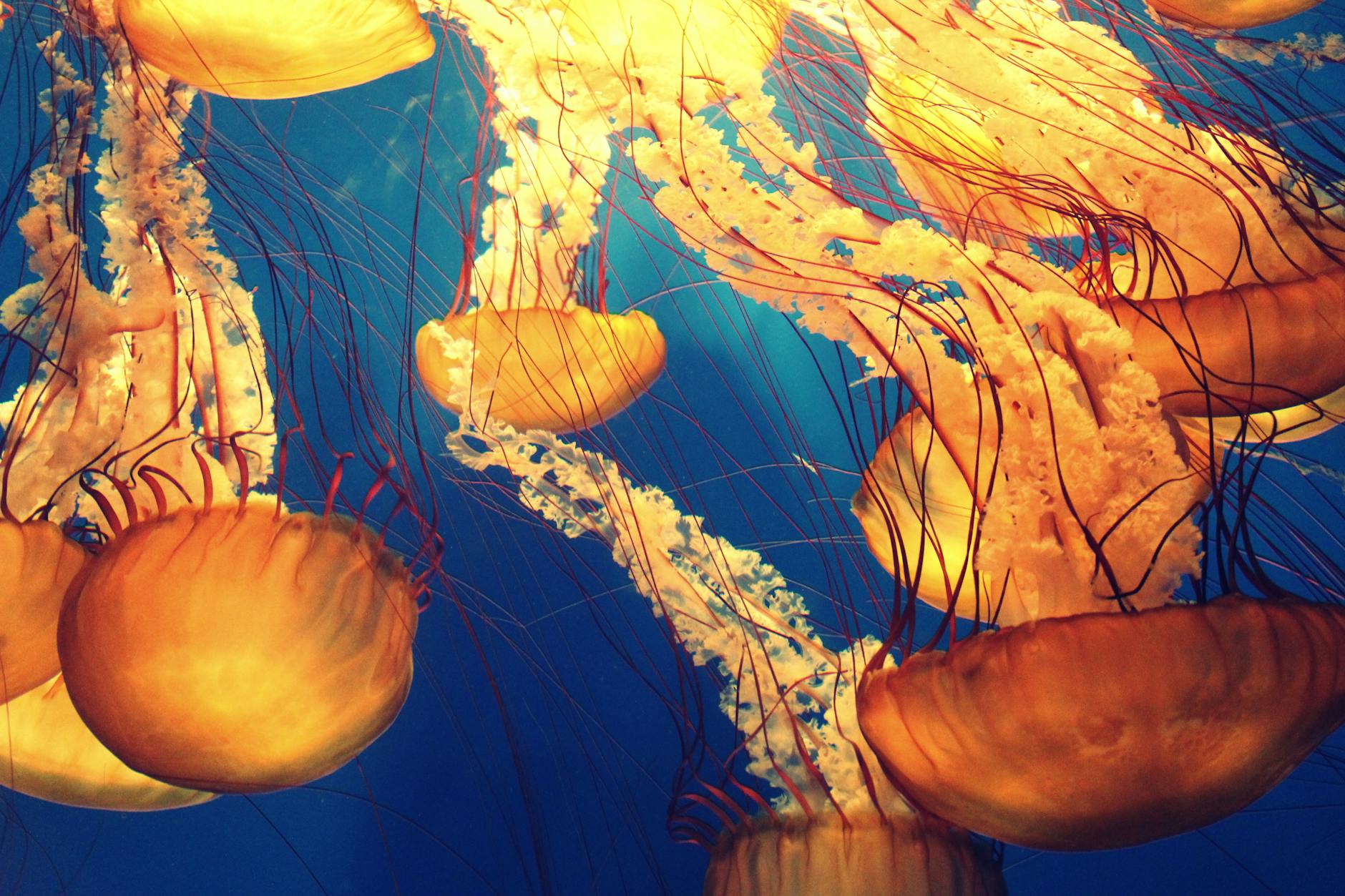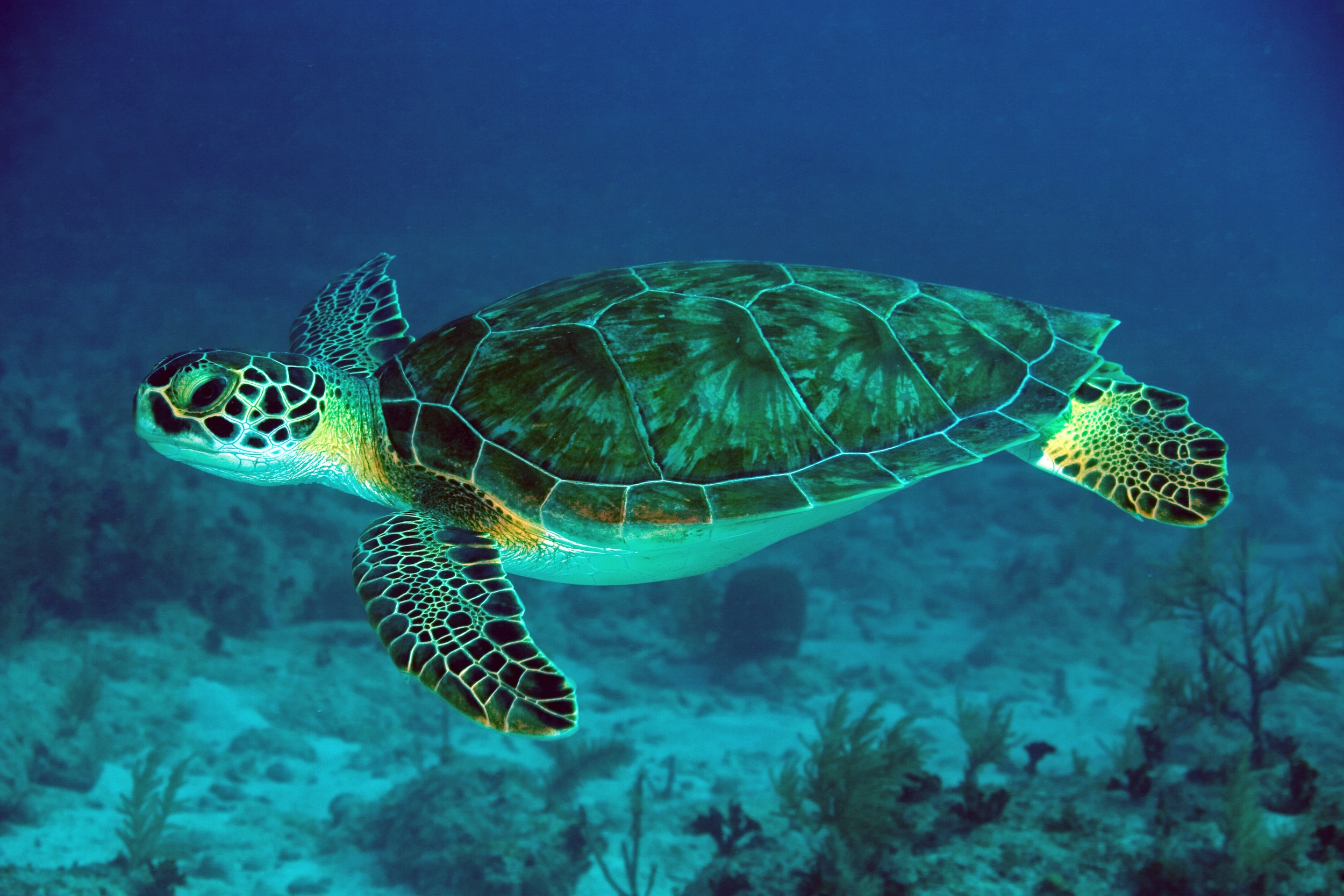
Gliding through warm, coastal waters with calm elegance, the green sea turtle—known as honu in Hawaiian culture—is one of the most beloved marine animals on Earth. With their gentle nature, fascinating life cycle, and vital ecological role, green sea turtles are true ambassadors of the ocean.
What Is a Green Sea Turtle?
The green sea turtle (Chelonia mydas) is a large marine turtle named not for the color of its shell—which can be brown, gray, or olive—but for the greenish tint of its body fat. This green coloration comes from its plant-based diet, which sets it apart from other sea turtles.
Adult green turtles can grow up to 4 feet (1.2 meters) long and weigh over 400 pounds (180 kilograms). Despite their size, they move with surprising grace both in the water and when hauling themselves onto sandy shores to nest.
What Does “Honu” Mean?
In Hawaiian culture, the green sea turtle is called honu, and it holds deep cultural and spiritual significance. Honu are seen as symbols of peace, wisdom, endurance, and good luck. They appear in ancient petroglyphs, oral traditions, and modern Hawaiian art as sacred creatures that embody the spirit of the ocean.
Some stories describe the honu as guardians and navigators, even guiding the first Polynesian voyagers across the Pacific. Today, seeing a honu basking on the beach or swimming through coral reefs is considered a sign of blessing and harmony with nature.
Because of their cultural importance, green sea turtles in Hawaii are protected by both federal and state laws, and it is illegal to touch or harass them. Respecting their space is part of honoring the long-standing connection between Hawaiians and the sea.
Where Do Green Sea Turtles Live?
Green sea turtles are found in warm, tropical and subtropical oceans around the world. Key habitats include:
- The coasts of Hawaii, Florida, and Mexico
- Coral reefs and seagrass beds throughout the Caribbean
- The Great Barrier Reef and Southeast Asian shores
- Nesting beaches in Costa Rica, the Galápagos, and Oman
In Hawaii, green sea turtles are frequently seen along the shoreline, especially on the islands of Oʻahu, Maui, and the Big Island. They often haul out on beaches to rest and absorb warmth—a behavior unique among sea turtles and one that delights beachgoers.
What Do Green Sea Turtles Eat?
Unlike many sea turtles that eat jellyfish or crabs, adult green turtles are herbivores. They primarily graze on:
- Seagrass
- Algae
Young green turtles are omnivores and will eat small invertebrates until they transition to a plant-based diet as they mature.
Their grazing habits help maintain healthy seagrass beds and coral reefs, supporting countless other marine species.
A Journey from Hatchling to Adult
Green sea turtles start life as tiny hatchlings scrambling toward the ocean under cover of night. Once in the water, they enter what’s often called the “lost years,” spending a decade or more drifting on ocean currents in search of food and safety.
As they grow, they settle near coastal habitats, where they may live for 50 years or more. Females return to the beaches where they were born to lay their eggs—a journey that can span hundreds or even thousands of miles.
Threats to Green Sea Turtles
Though admired around the world, green sea turtles face serious challenges:
- Pollution and plastic: Ingesting plastic bags, fishing line, and other marine debris is often fatal.
- Climate change: Rising temperatures affect nesting beaches and the sex of hatchlings (hotter sands lead to more females).
- Fishing bycatch: Accidental capture in fishing nets and lines is a major threat.
- Habitat loss: Coastal development disrupts nesting and feeding areas.
- Poaching: Despite legal protections, turtles and their eggs are still illegally harvested in some areas.
Green turtles are currently classified as Endangered globally, though populations in some regions—like Hawaii—are showing signs of recovery thanks to conservation efforts.
How Can We Help?
Protecting green sea turtles is a shared responsibility. Here’s how you can make a difference:
- Avoid plastic waste and support beach cleanups.
- Respect nesting areas and give resting turtles space—especially in Hawaii.
- Choose sustainable seafood to help reduce bycatch.
- Support conservation groups working to protect turtle habitats and monitor nests.
- Educate others about the importance of sea turtles to healthy oceans.
Final Thoughts
The green sea turtle is more than just a beautiful creature of the sea—it’s a symbol of harmony and endurance. From ancient Polynesian legends to modern conservation science, honu continue to inspire wonder and hope.
By protecting green sea turtles, we protect the delicate web of life beneath the waves—and honor a connection that spans cultures, continents, and centuries.
More photos below ↓






















Disclaimer: This blog post is for edutainment purposes only and may not be entirely accurate.

